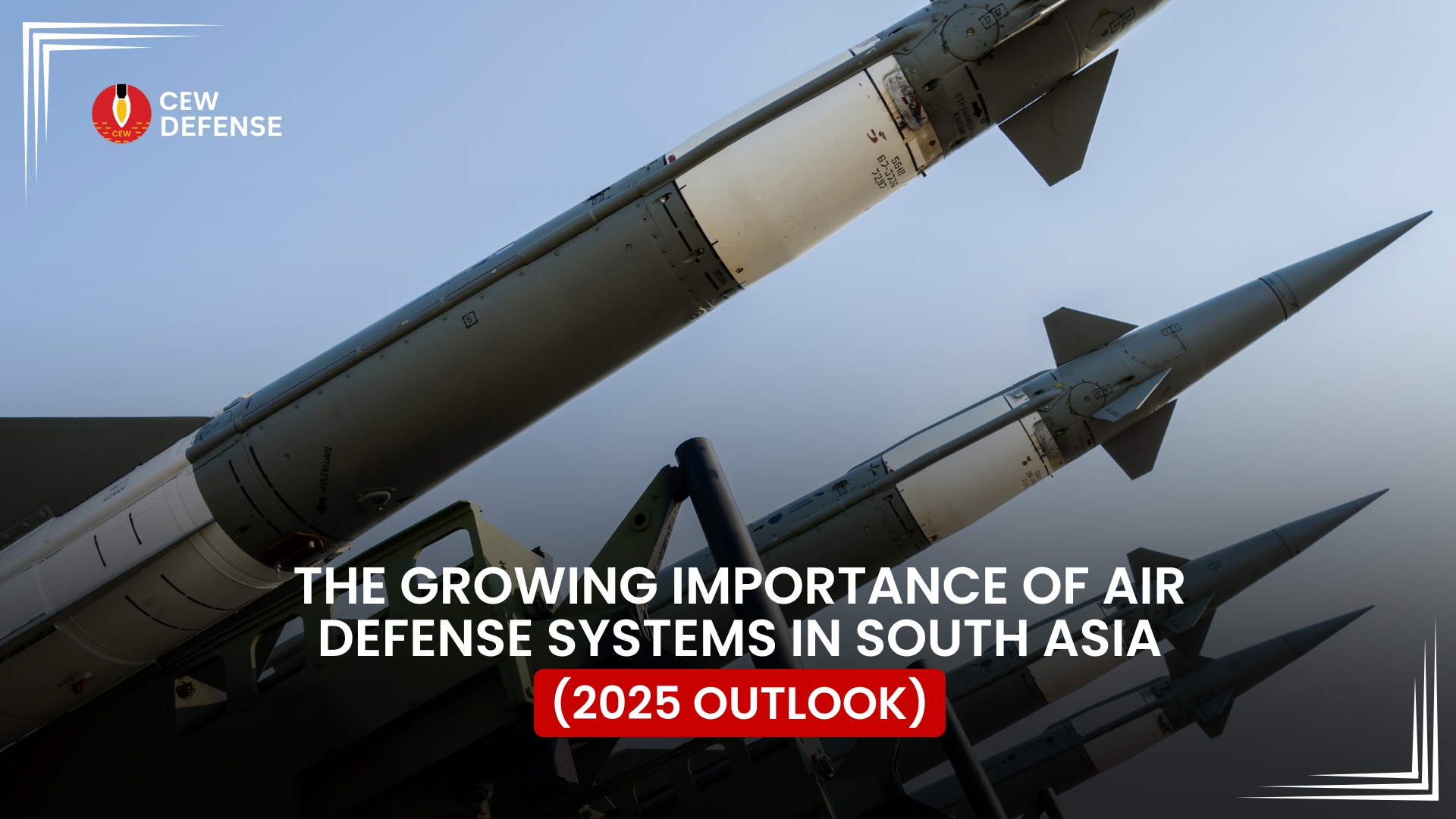As geopolitical tensions continue to shape South Asia in 2025, the race for advanced air defense systems is becoming increasingly critical. For Pakistan and its regional counterparts, securing the skies is not just a matter of military strength—it is a matter of survival.
India’s recent agreements with Israel and the United States to upgrade its multi-layered air defense architecture have shifted the regional balance. Pakistan, meanwhile, has strengthened ties with China and Turkey to modernize its own capabilities, ensuring deterrence in the face of evolving threats.
The proliferation of drones, hypersonic missiles, and electronic warfare technologies has created an urgent demand for next-generation air defense solutions. Nations like Russia and the UK continue to influence South Asian defense dynamics by supplying advanced radar and missile systems to key players in the region.

For Pakistan, the focus is on integrating multi-domain systems that combine early-warning radars, anti-drone defenses, and surface-to-air missiles. Recent collaborations have already demonstrated significant improvements in interception rates and strategic readiness.
Chenab Defense reports that 2025 will mark a decisive year in the modernization of South Asia’s air defense. As nations invest heavily in cutting-edge systems, the competition underscores how critical technological innovation has become in securing regional stability.
Popular 2025 SEO Keywords for Indexing:
Chenab Defense Pakistan, South Asia air defense 2025, Pakistan air defense modernization, India Israel defense deals, hypersonic missile defense South Asia, anti-drone defense Pakistan, air defense technology 2025, China Pakistan defense collaboration, electronic warfare South Asia, surface-to-air missile systems Pakistan






